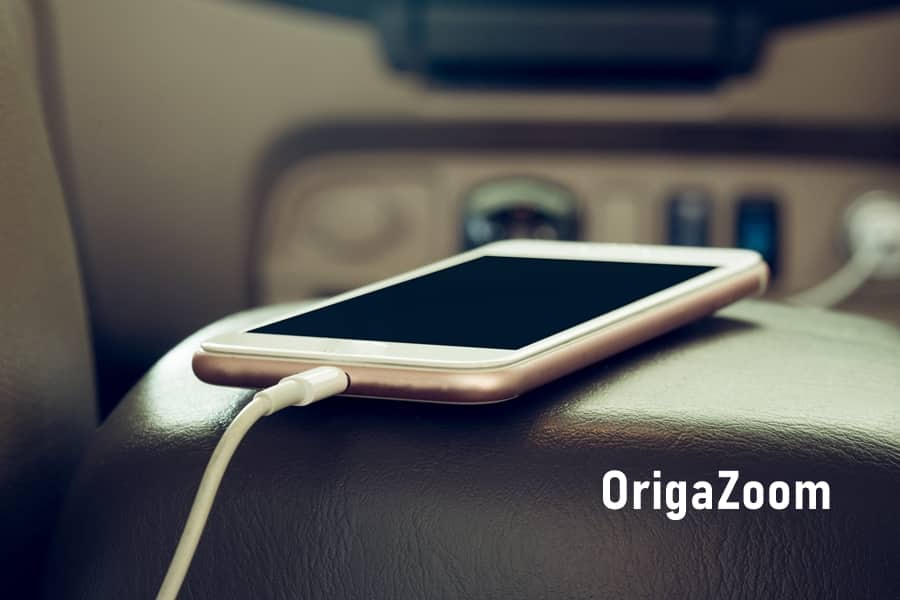From the moment the world’s first digital photography appeared, everything changed. Now we can use all the possible tools of the digital world to create unique images, even those that are impossible in our material world. It all depends only on the potential of your creative imagination. After learning the simple rules, you will create composite portrait photography and story compositions that will possibly impress the whole world. And for this, we need a studio, studio lighting, and photographic equipment, including a tripod.
The first step is to choose a location for photography. Of course, a studio is the best for such a photo, but you can try to take pictures in the open air, the main thing is that the image in the background does not change, there are no passers-by, passing cars or trees swaying in the wind. And for the first samples, it is still advisable to choose a studio. As a background, it is best to use seamless paper backgrounds for photography as a starting point.
The camera must be installed on a tripod and, having chosen the shooting point, do not touch it again, do not move from place to place; this is a mandatory and most important requirement. Even a slight change in the camera’s position with the shooting subjects will turn your subsequent actions into hell. It will be easier to re-shoot everything than to combine it in one frame.
Step by Step Guide for Composite Portrait Photography
Having found the desired angle, let’s set up your camera. It’s OK to set your aperture to f/8 or faster, thus providing yourself with sufficient depth of field throughout the shot. Likewise, the greater the depth of field, the less you will have to touch the camera later to correct focus.
ISO and white balance settings will have to be adjusted by yourself, depending on the ambient lighting. Once the camera is set up, you can start taking pictures.
The best way to get rid of the hassle when assembling a composite image is to use a remote-controlled camera. Remember, the less you touch the camera during the entire composition creation process, the less the risk of one or more frames shifting around the coordinate axis.
We take the first picture with a minimum set of objects in the frame, which will not change during the photo session. This frame will form the basis of the entire composition and will be used during processing as a base layer on which the rest of the image will appear.
Example of Composite Portrait Photography
As an example, I chose the “Lonely Monopoly Player” plot composition. In it, one player plays by himself in three states. The player on the left feels confident winning the game, the player in the middle is quite indifferent to the current situation, and the player on the right is very worried about his losses. In addition, you can notice that each player is dressed differently to make the frame more believable.
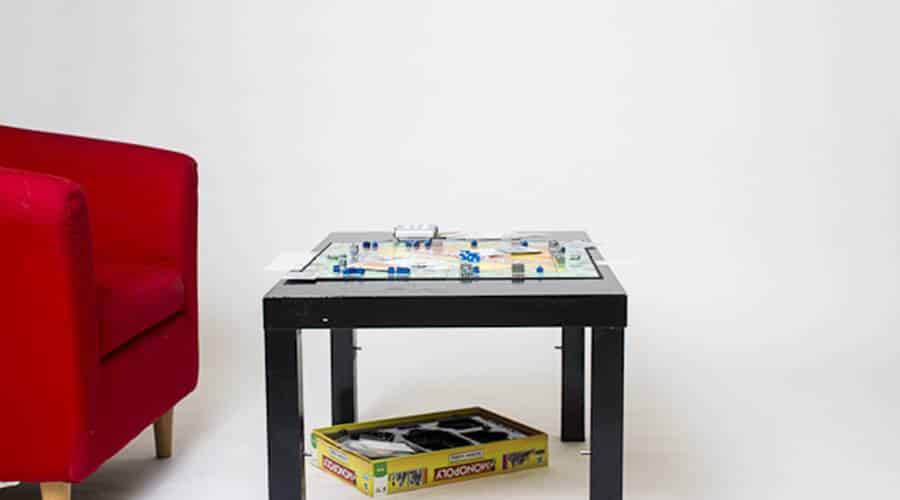
Someone will probably say that it would be easier to put three different people in the frame and give them the same roles. But I think that such a picture with the same person in various emotional states will look much more interesting.
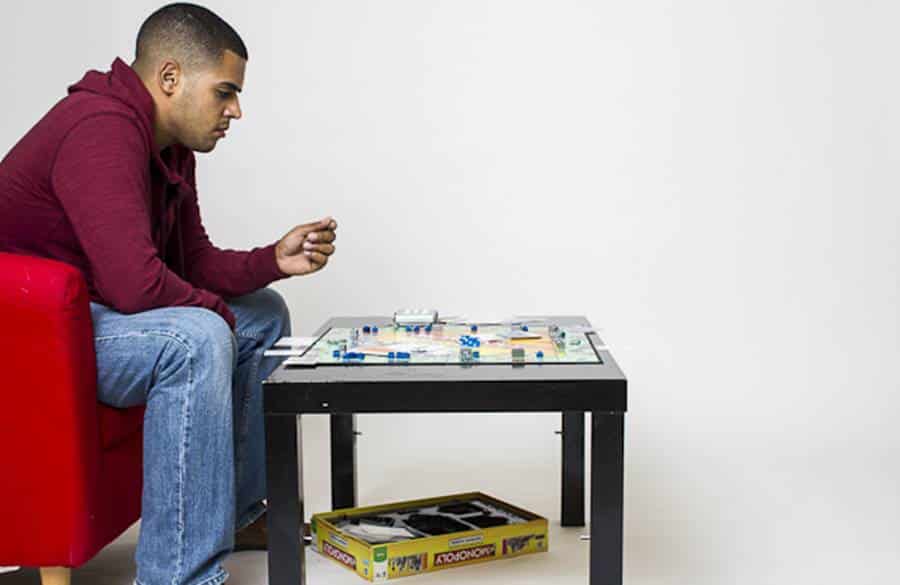
We take sequential pictures of each of the characters. We work carefully, trying not to move “static” objects within the frame. Once all the frames have been captured, go to our photo lab – Lightroom / Aperture / ACR and make the initial image correction.
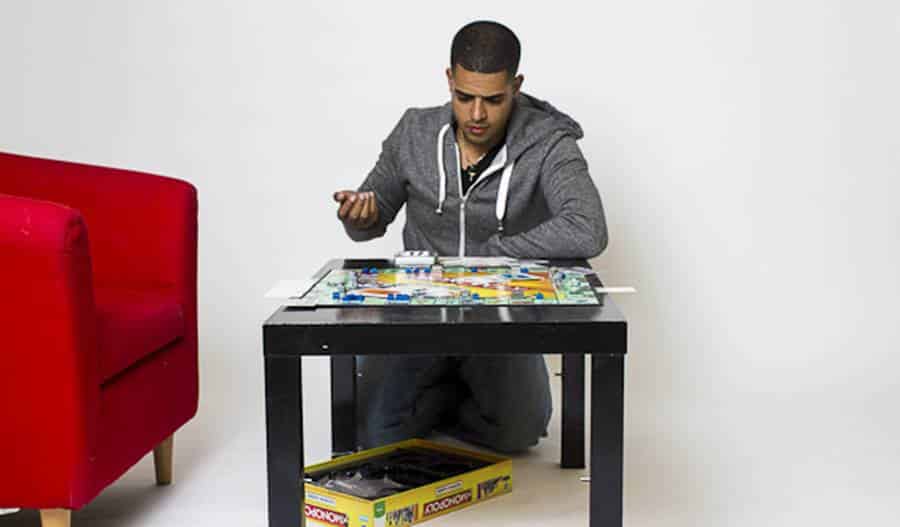
First of all, we need to bring contrast, brightness, sharpness, colors, and so on under one denominator to synchronize all these parameters in all frames. It is necessary to achieve the most synchronized result so that none of the elements give out stitching to the photos. Otherwise, everything done will not be so interesting to your viewer. Few people love a job poorly done, even if the plot you have in mind is genius.
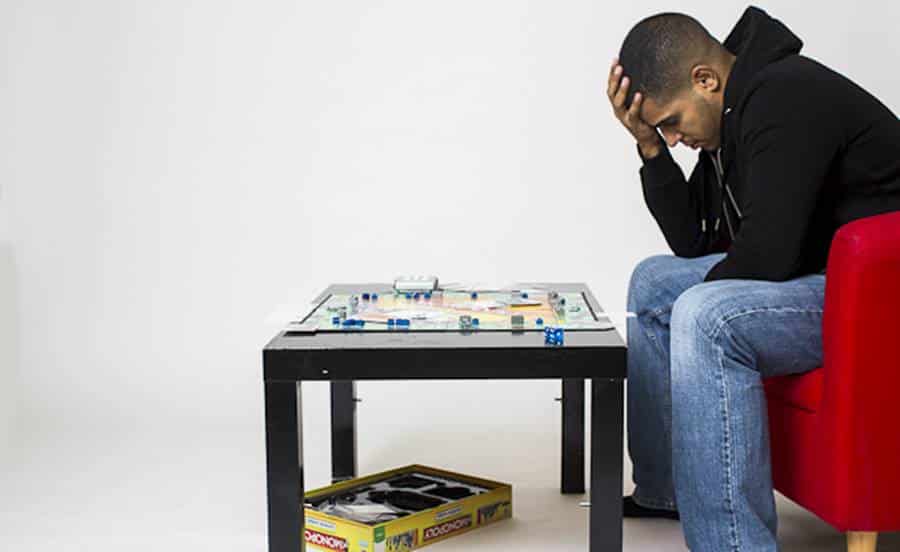
We convert the processed images in the “developer” into Photoshop, overlaying them as layers one above the other. It is best to use the auto-align layers tool, which will help you to perfectly align the layers together, even if you used a tripod and are convinced that all the “static” objects in the frame did not move. Also, accuracy will depend on how often you touch the camera while taking photos.
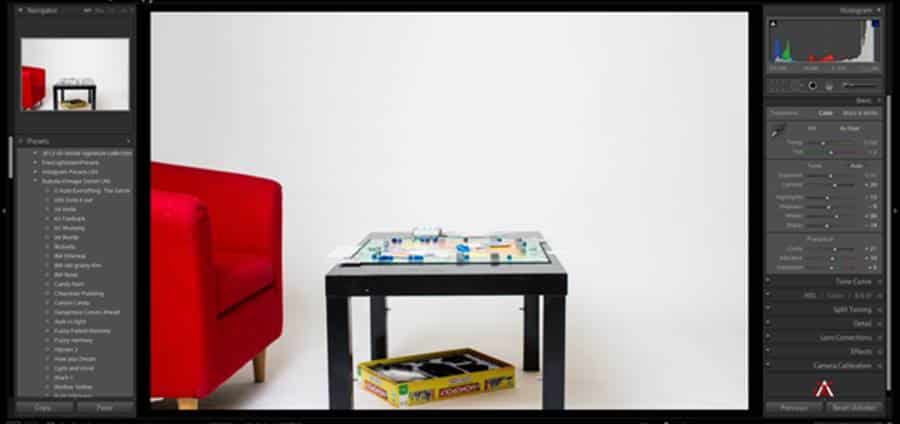
We made the first frame as the primary layer, around which we will now reveal our entire composition. Make sure it’s at the bottom of the Layers panel and locked as a background layer; this will also help avoid accidentally correcting it. And we are not going to touch it.
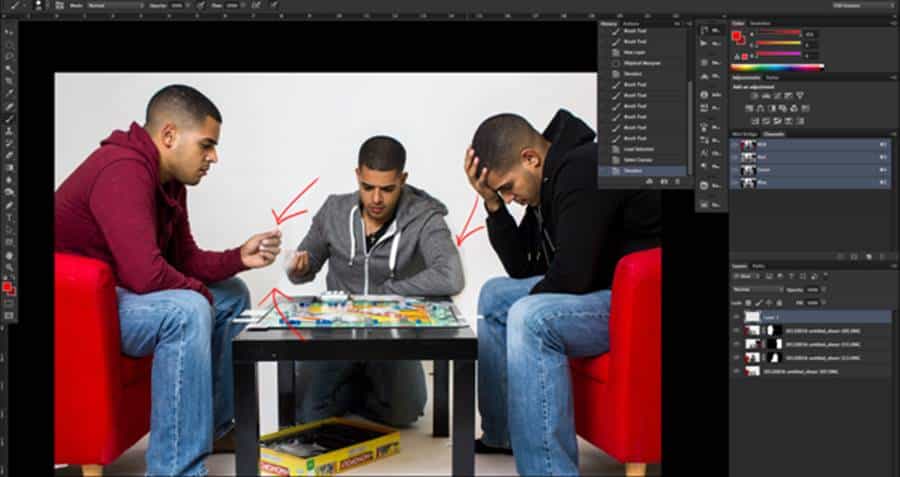
Add layer masks to each subsequent layer, filling them with black; this will hide the images. Then using a soft white brush on an adjustment layer, begin to reveal the necessary part of our image.
One layer – one person in the photo. Take your time, be careful, because you are creating something that cannot be. Pay attention to the places of contact with objects; use a brush of smaller size and hardness.
The one who imprinted himself in his descendants is immortal.
Carlo Goldoni
When the image is fully developed, you may have to correct minor defects: spots, dust, scratches. You may need to sharpen the overall picture. You can add mood photos by making tonal adjustments. It’s up to the creator to choose. Add any styling and your look is ready to go.
What plots can you think of for this composite portrait photography technique? Yes, any: create a family portrait with the exchange of bodies and heads; take pictures of people flying like birds; have dinner with yourself; record the stages of a person’s movement from point A to point B (by the way, here you don’t need to suffer for a long time at the stage of photographing, it is enough to have a high-speed camera), and so on. Your possibilities are endless.
Good Luck and best wishes for your composite portrait photography! If you like this article, please share it on social media and subscribe to my blog to stay updated about such photography tips and methods.

